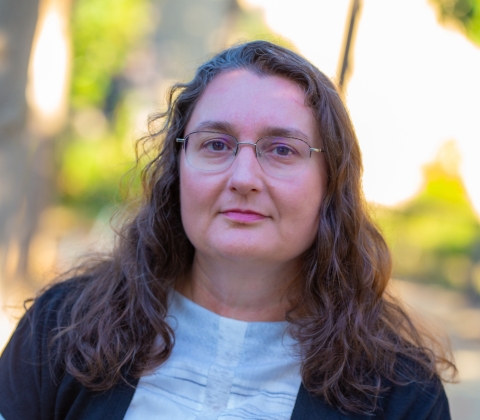
Our plastic waste can be used as raw material for detergents, thanks to an improved catalytic method
We’ve managed to accumulate so much plastic trash that it’s daunting to think about what could be done with the tons upon tons of nonbiodegradable waste. And as much as we are trying to scale back our dependence on single-use plastics, we continue to add to the global plastic trash hoard. Events like the COVID-19 pandemic only served to expand their use for personal protective equipment and disposable and take-away packaging.
But, for researchers at UC Santa Barbara, one person’s single-use packaging is another person’s useful raw material. In a paper published in the journal Chem, they have reimagined the value of single-use plastics, with improvements to an innovative process that can turn polyolefins, the most common type of polymer in single-use packaging, into valuable alkylaromatics — molecules that underlie surfactants, the active components of detergents and other useful chemicals.
“If we make these surfactants from fossil fuels now and you could make them from waste plastics, then you are not using fossil fuels to make surfactants anymore, and you’re getting another use out of the carbon that went into the plastics,” said chemical engineering professor Susannah Scott, who holds UCSB’s Mellichamp Chair in Sustainable Catalytic Processing. Instead of burning them or burying them in landfills — practices that represent the major ways we currently deal with plastic waste — plastics are repurposed in a method that shortcuts conventional “dirty” processes for making surfactants while giving single-use plastics one more shot at usefulness.

The researchers built on previous work in which they debuted a catalytic method to break the strong carbon-carbon bonds that make plastic the difficult-to-degrade material it is, then rearrange the molecular chains into alkylaromatic rings. While effective, Scott said, the original process, based on a platinum-on-alumina catalyst, was slow, and its yield of alkylaromatic molecules was low. “What we’ve done in this paper is show how to do it much better,” she said.
Key to their method is increasing the acidity of the original alumina catalyst, via the addition of chlorine or fluorine. With the added acid sites, the team was able to boost the speed and selectivity of their process.
“It just screams along,” Scott said. “It makes the alkylaromatics faster, and we can tune it to make the right-size molecules.” In the new paper, they focused on finding the optimal ratio of acid sites to metal sites in their catalyst, she explained. “It turns out they work together. They have different roles, but you need both of them to be there and in the right ratio so the catalytic cycle doesn’t get stuck at any point.”
In addition, their one-pot process operates at moderate temperatures, requiring a low energy input. While the method originally took 24 hours to turn plastic into alkylaromatic molecules, the improved process can complete the task within a couple of hours, increasing the amount of plastic that can be converted in a reasonably-sized reactor.
With further improvements, this method could be on its way to becoming a viable commercial process, according to Scott. The ultimate goal is to bring it into wide use, which would enable and incentivize the recovery of single-use plastics. Using waste plastics as a highly abundant raw material, chemical companies could take the alkylaromatic molecules resulting from this process and transform them into the surfactants that are formulated into soaps, washing liquids, cleansers and other detergents.
“Ideally you want to reuse waste plastic for a purpose with a large enough production volume, for which there is significant demand, in order to make a dent in the plastic problem,” Scott explained. To determine if this method is truly sustainable, she added, it would have to undergo a lifecycle assessment, in which the energy spent and greenhouse gasses emitted are calculated at each step. Using waste material ensures that no additional greenhouse gas emissions are produced to create the feedstock, but the energy required to run the catalytic process and separate the desired molecules would have to be factored in before scaling up, Scott said. If it passes muster, the method could displace the more fossil fuel-intensive processes that go into creating surfactants from scratch.
“We will need multiple targets to deal with the waste plastic problem, but this is a fairly big one,” Scott said. “This is worth doing.”
Research on this study was also conducted by Jiakai Sun, Yu-Hsuan Lee and Mahdi M. Abu-Omar at UCSB; Ryan D. Yappert and Baron Peters at University of Illinois, Urbana-Champaign; and Anne M. LaPointe and Geoffrey W. Coates at Cornell University.
Sonia Fernandez
Senior Science Writer
(805) 893-4765
sonia.fernandez@ucsb.edu




